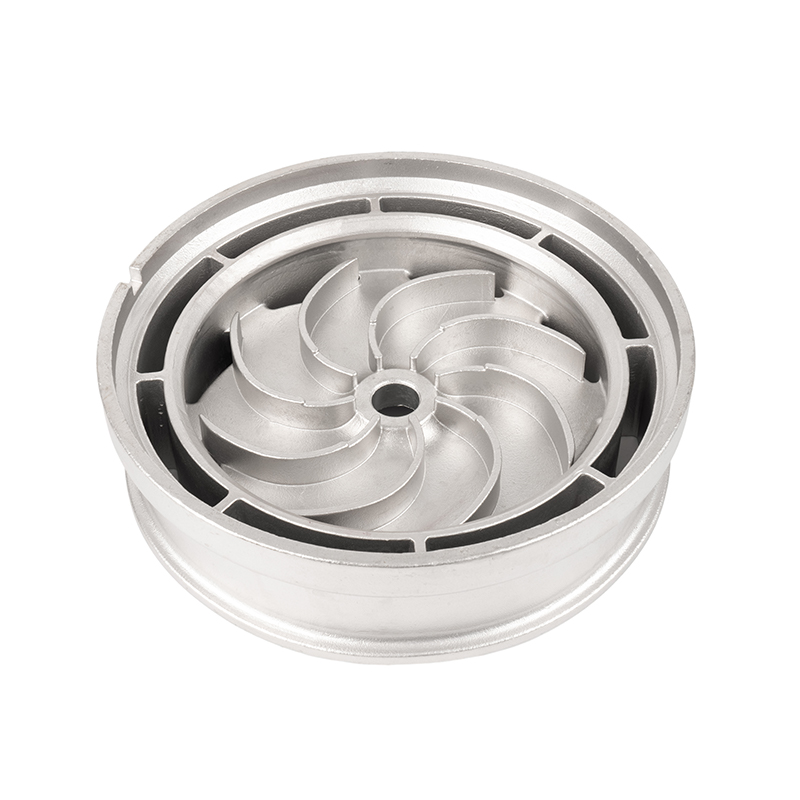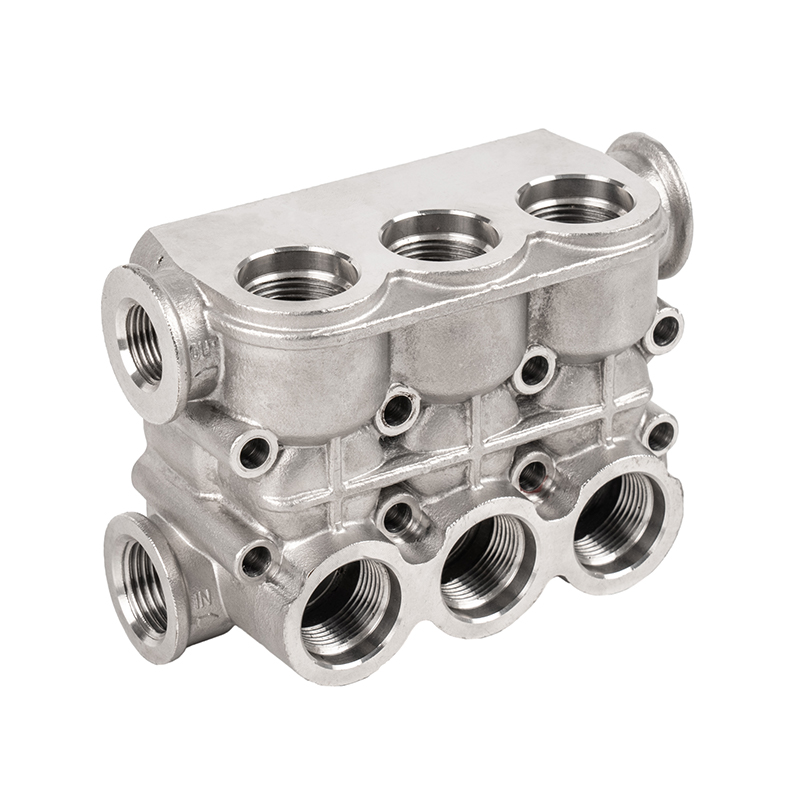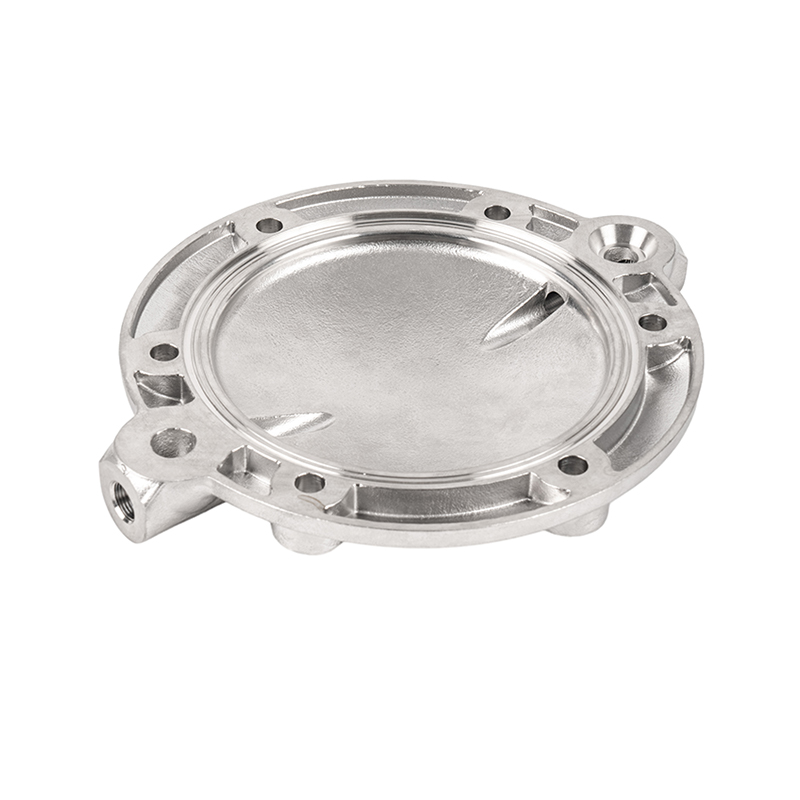How does the design of stainless steel impellers impact their efficiency and performance in different applications?
The design of stainless steel impellers plays a crucial role in determining their efficiency and performance across various applications. Here's how:
Hydrodynamics: The design intricacies of stainless steel impeller blades significantly influence fluid flow dynamics. Blade shape, curvature, and angle of attack are optimized to minimize energy losses due to turbulence and eddy currents. By ensuring smoother fluid pathways and reducing flow separation, well-designed impeller blades enhance hydraulic efficiency and minimize power consumption.
Flow Rate and Pressure: Stainless steel impeller design is tailored to meet specific flow rate and pressure requirements dictated by the application. Through careful selection of blade geometry, impeller diameter, and rotational speed, engineers optimize the impeller's hydraulic performance to deliver the desired output while maintaining energy efficiency.
Cavitation Resistance: Cavitation poses a significant threat to pump performance and longevity. Stainless steel impeller design incorporates features such as blade profiles engineered to reduce localized pressure drops, thereby mitigating the risk of cavitation inception. Additionally, the impeller's inlet and outlet configurations are optimized to maintain adequate fluid pressure and minimize vapor bubble formation.
Solid Handling Capability: In applications involving abrasive or viscous fluids containing solid particles, stainless steel impeller design prioritizes robustness and erosion resistance. Blade profiles are tailored to minimize particle impingement and prevent blockages, while generous clearances between blades and housing accommodate the passage of solids without compromising pump performance.
NPSH Requirement: Adequate Net Positive Suction Head (NPSH) is essential to prevent cavitation and maintain pump efficiency. Stainless steel impeller design considers NPSH margins to ensure sufficient suction pressure at the impeller inlet under varying operating conditions. This involves optimizing impeller geometry and inlet configurations to minimize NPSH requirements while maximizing hydraulic performance.
Material Selection: Stainless steel impeller design encompasses careful material selection to meet specific application demands. Factors such as corrosion resistance, mechanical strength, and temperature tolerance are evaluated to ensure optimal impeller performance and longevity in aggressive operating environments.
Vibration and Noise: Stainless steel impeller design incorporates features to minimize vibration and noise levels, enhancing user comfort and equipment reliability. Balanced impeller geometries, precision machining, and vibration-damping materials are employed to mitigate resonance effects and minimize mechanical noise generation, ensuring smooth and quiet pump operation.
Operational Flexibility: Stainless steel impeller designs are engineered to accommodate a wide range of operating conditions and process variations. Adjustable blade angles, modular construction, and adaptive flow control mechanisms enable impellers to efficiently adapt to changing operational requirements without sacrificing performance or reliability.
Maintenance and Durability: Stainless steel impeller design prioritizes ease of maintenance and long-term durability to minimize downtime and lifecycle costs. Service-friendly features such as removable wear components, accessible sealing arrangements, and corrosion-resistant materials prolong equipment lifespan and facilitate efficient maintenance procedures, ensuring uninterrupted operation and maximum uptime.
Hydrodynamics: The design intricacies of stainless steel impeller blades significantly influence fluid flow dynamics. Blade shape, curvature, and angle of attack are optimized to minimize energy losses due to turbulence and eddy currents. By ensuring smoother fluid pathways and reducing flow separation, well-designed impeller blades enhance hydraulic efficiency and minimize power consumption.
Flow Rate and Pressure: Stainless steel impeller design is tailored to meet specific flow rate and pressure requirements dictated by the application. Through careful selection of blade geometry, impeller diameter, and rotational speed, engineers optimize the impeller's hydraulic performance to deliver the desired output while maintaining energy efficiency.
Cavitation Resistance: Cavitation poses a significant threat to pump performance and longevity. Stainless steel impeller design incorporates features such as blade profiles engineered to reduce localized pressure drops, thereby mitigating the risk of cavitation inception. Additionally, the impeller's inlet and outlet configurations are optimized to maintain adequate fluid pressure and minimize vapor bubble formation.
Solid Handling Capability: In applications involving abrasive or viscous fluids containing solid particles, stainless steel impeller design prioritizes robustness and erosion resistance. Blade profiles are tailored to minimize particle impingement and prevent blockages, while generous clearances between blades and housing accommodate the passage of solids without compromising pump performance.
NPSH Requirement: Adequate Net Positive Suction Head (NPSH) is essential to prevent cavitation and maintain pump efficiency. Stainless steel impeller design considers NPSH margins to ensure sufficient suction pressure at the impeller inlet under varying operating conditions. This involves optimizing impeller geometry and inlet configurations to minimize NPSH requirements while maximizing hydraulic performance.
Material Selection: Stainless steel impeller design encompasses careful material selection to meet specific application demands. Factors such as corrosion resistance, mechanical strength, and temperature tolerance are evaluated to ensure optimal impeller performance and longevity in aggressive operating environments.
Vibration and Noise: Stainless steel impeller design incorporates features to minimize vibration and noise levels, enhancing user comfort and equipment reliability. Balanced impeller geometries, precision machining, and vibration-damping materials are employed to mitigate resonance effects and minimize mechanical noise generation, ensuring smooth and quiet pump operation.
Operational Flexibility: Stainless steel impeller designs are engineered to accommodate a wide range of operating conditions and process variations. Adjustable blade angles, modular construction, and adaptive flow control mechanisms enable impellers to efficiently adapt to changing operational requirements without sacrificing performance or reliability.
Maintenance and Durability: Stainless steel impeller design prioritizes ease of maintenance and long-term durability to minimize downtime and lifecycle costs. Service-friendly features such as removable wear components, accessible sealing arrangements, and corrosion-resistant materials prolong equipment lifespan and facilitate efficient maintenance procedures, ensuring uninterrupted operation and maximum uptime.


 English
English Español
Español русский
русский 中文简体
中文简体

















